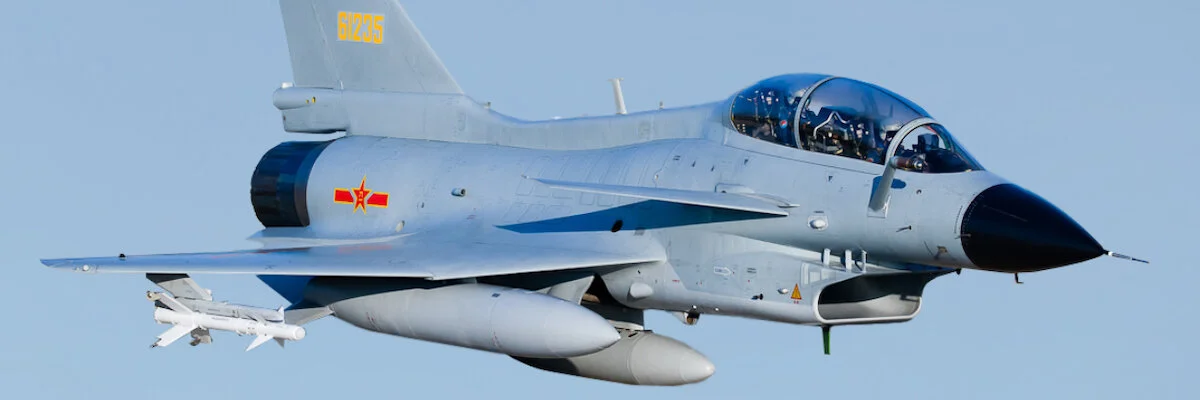A public opinion survey conducted in October by researchers at the University of Maryland provides insights into how the Iranian public is reacting to an economy battered by U.S. sanctions and ravaged by the COVID-19 pandemic
asdasdasdasdasdasdasdasdasdasd





















